Josiah Spode was responsible for perfecting two extremely important techniques that were crucial to the worldwide success of the English pottery industry, namely transfer printing and developing the formula for fine bone china. The development of transfer printing led to the launch of the Blue Italian range, a very popular range along with Woodland and Christmas Tree.
Potteries Auctions can identify and provide valuations on a wide range of Spode China pieces.
Top Selling Spode Items at Auction
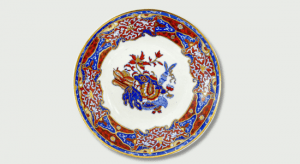
19th century Spode tea set in the frog design
£320
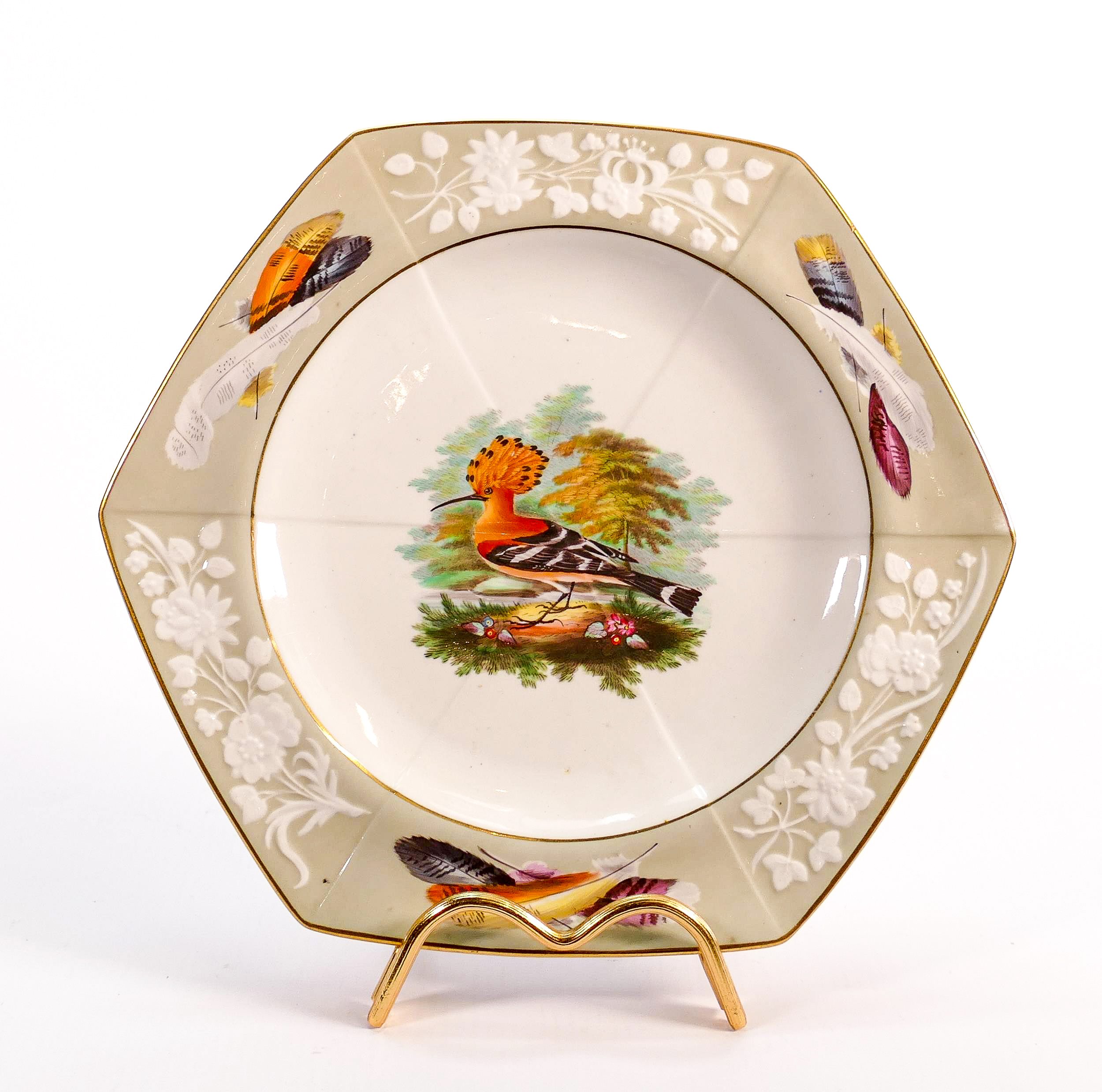
Large Spode dinner service Blanche de Chine & Geisha 98 pieces
£440
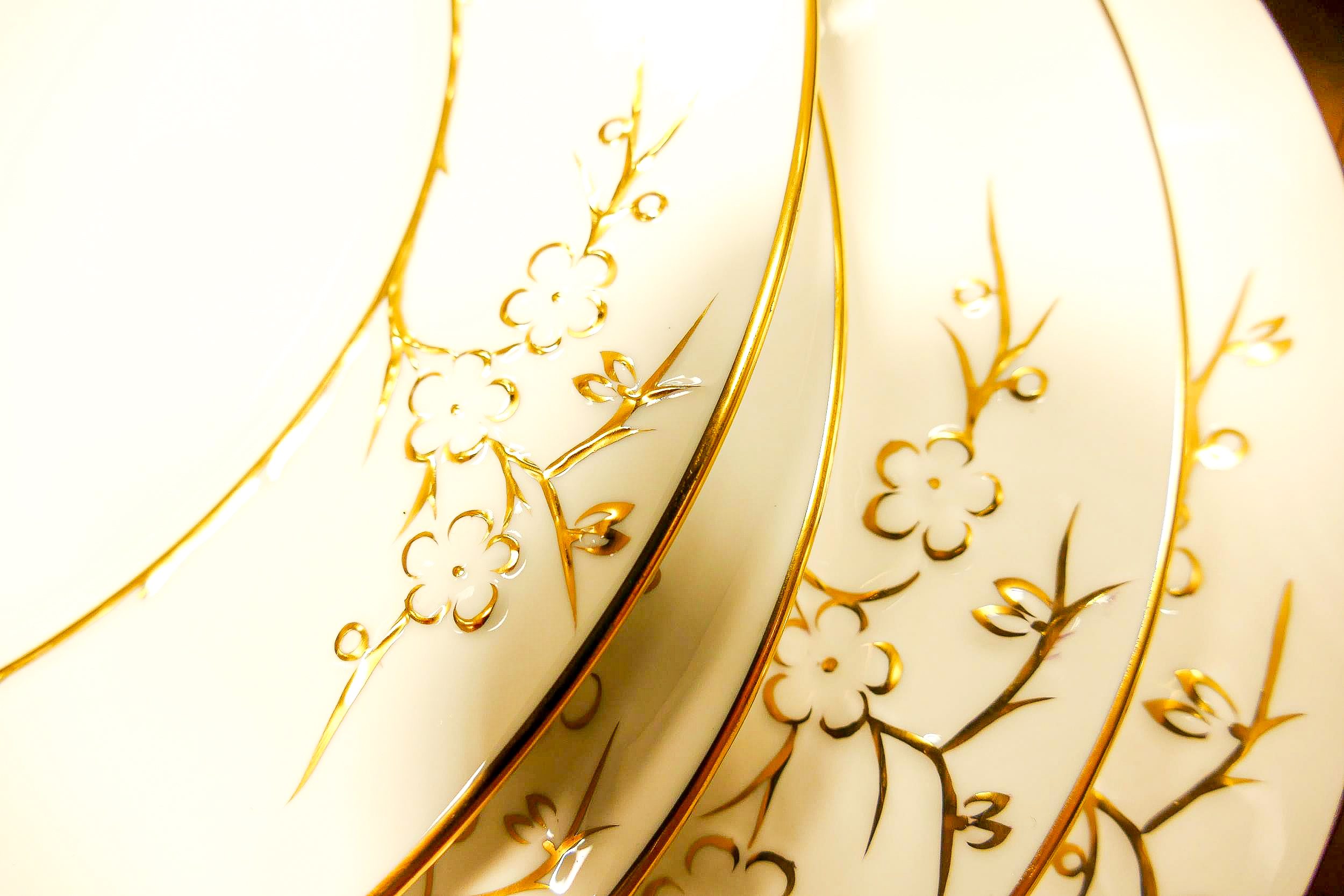
A large Spode dinner service in Blanche de Chine & Geisha patterns
£1,050

Spode Royal Lancaster pattern dinner service R8950, cobalt blue with finest gilt decoration
£240
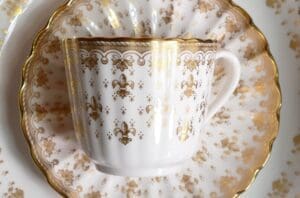
A large quantity of Spode gold Fleur de Lys tea and dinner ware
£1,100
Got an interesting item?
Speak to one of our experts to find out the value of your pottery, antiques, jewellery, & collectables
Book a valuationWhether you are looking to buy or sell Spode China collectables, the team of experts at Potteries Auctions can help you find the piece you are looking for, or value your items for sale. Request a call back if you are looking for a valuation and are seeking to sell some Spode collector pieces at auction.
Spode China Facts
- Josiah Spode I established his own company in 1776, concentrating on the production of ceramic wares of the finest quality in a variety of bodies. Recognised as having developed the technique for underglaze transfer printing on earthenware producing, the first printed “Willow” patterns 1784-90s.
- Under Josiah Spode II, designs and shapes evolved from the highly restrained Georgian styles through the more ebullient decorative forms of the Regency period.
- Spode II was appointed “Potter to the Prince of Wales” when the Prince Regent visited the factory in 1806.
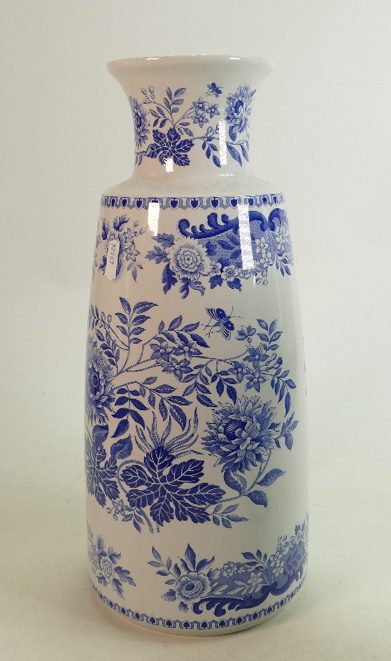
The History of Spode China
The first Josiah Spode started work for a Thomas Whieldon, progressing to become the manager of the Turner & Banks pottery. When Turner died, Spode took over the factory. By 1776, he was producing earthenware under the Spode name. He is accredited with the development of under glaze printing. In 1797, Spode died, leaving a thriving business to his son, Josiah Spode II. Josiah Spode II was succeeded by his son, Josiah Spode III, who is most associated with the development of ceramic bodies.
The Spode factory is generally credited with the development of bone china. During the 18th-century, many English potters were striving and competing to discover the industrial secret of the production of fine translucent porcelain. The Plymouth and Bristol factories, and the New Hall Staffordshire factory under Richard Champion’s ownership, were producing hard paste similar to Oriental porcelain. The technique was developed by adding calcined bone to the body mix, and this was carried on from at least the 1750s onwards.
The bone porcelains, especially those of Spode, Minton, Davenport and Coalport, eventually established the standards for soft-paste porcelain which were later – after 1800 – maintained widely. Although the Bow porcelain factory, Chelsea porcelain factory, Royal Worcester and Royal Crown Derby factories had, before Spode, established a proportion of about 40-45% calcined bone in the formula as standard, it was Spode who first abandoned the practice of calcining or fritting the bone with some of the other ingredients, and used the simple mixture of bone ash, china stone and kaolin, which since his time set the basic recipe of bone china.
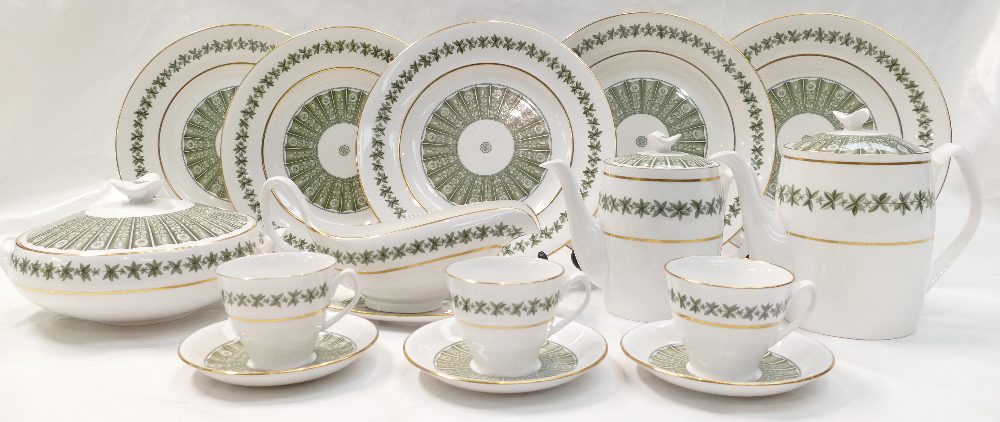
The Spode business was purchased by a partner of Josiah Spode III, William Taylor Copeland, in 1833. Mr. Copeland entered into a partnership with colleague Thomas Garrett, and the firm was known as Copeland & Garrett until 1847, when it became W. T. Copeland, and then W. T. Copeland and Sons in 1867. During this period, the company began producing Parian ware, its line of statuary porcelain busts and figures. These small-scale figures were inspired by classical sculptures from ancient Greece and Rome, and they were finished to resemble marble. These affordable pieces allowed the general public to bring fine classical art into their homes. Copeland displayed these figures at the 1851 London Great Exhibition, where they were extremely successful and popular.
The business remained in the Copeland family until it was put up for sale sold in the mid-1960s. Wedgwood had shown interest but terms could not be agreed. The business was finally sold to Carborundum Company of the USA, ending the Copeland family association. In the mid-1970s, Carborundum announced that Spode was for sale. Wedgwood expressed interest but, again, terms could not be agreed. At this point, Royal Worcester made an offer which cumulated in them taking a 55% share, with Carborundum holding the remaining 45%. When Carborundum was itself taken over by Kennecott in 1978, Royal Worcester acquired the balance of the shares, taking full control of the company. In 1983, the Crystalate Manufacturing Company Ltd, better known for making gramophone records, achieved a hostile takeover of Royal Worcester Spode, and the following year sold the business on to the London Rubber Company.
By the end of the 20th-century, much of the Spode production was outsourced to Malaysia and China, and the end came in 2008 when Royal Worcester Spode went into administration to be bought by Portmerion. The factories were closed and production of Spode designs, including the famous Christmas Tree, were brought back to the UK to be produced in the Portmerion factory in Stoke-on-Trent.
Get In Touch
Potteries Auctions can collect items for auction from anywhere in the UK, and we can also handle large collections from all over the world, so just get in touch with us to discuss. We pride ourselves in our packing and shipping service to get goods out to purchasers, making it a perfect solution for buyers who can’t attend auctions in person.
Sign up for our newsletter
If you would like to receive advance notification of upcoming auctions and sale notifications, then please subscribe to either our text alerts or email newsletter via the buttons below.
